Use and customize widgets on your Galaxy phone
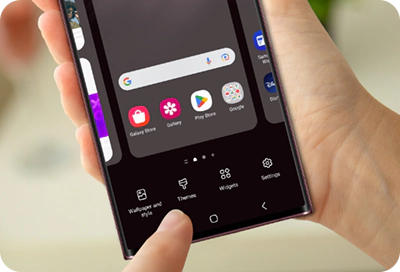
Widgets on Galaxy phones offer convenient shortcuts to your favorite apps, including Camera, Samsung Notes, Spotify, and YouTube. Easily accessible, these widgets can be added not only to your phone’s Home and Lock screens but also combined into stacks for streamlined functionality and quick updates at a glance.
Note: The availability of specific screens and settings may vary depending on your wireless service provider, software version, and the model of your phone.
Adding widgets to your phone’s Home screen allows you to quickly view app information at a glance, such as the current weather, your SmartThings routines, and your email inbox. These customizable tools offer a convenient way to tailor your phone interface to your daily needs and preferences.
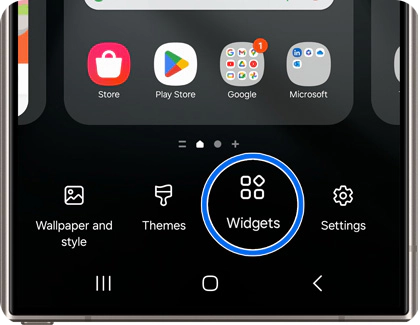
Note: Options may vary depending on the widget.
- Resize: If the widget can be resized, you'll see a dot in the center of the outline. Touch and hold this dot and drag to resize the widget.
- Colour: To change the background color, touch and hold the widget and then tap Settings.
- Transparency: Increase or decrease the widget’s transparency for better visibility by accessing Settings.
- Other settings: Depending on the widget, additional settings may be available, such as controlling the displayed information. Not all widgets will have customizable settings.
Widgets on your Home screen can be stacked on top of each other, allowing you to consolidate multiple widgets into a single area for a cleaner and more organized appearance.
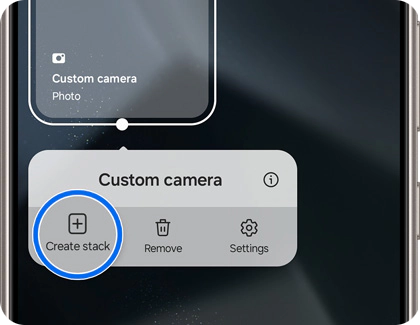
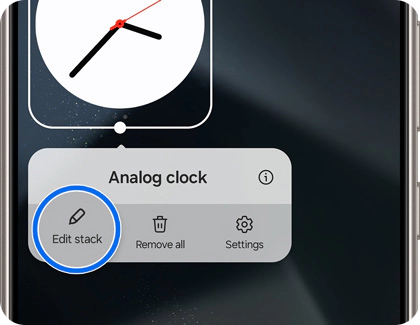
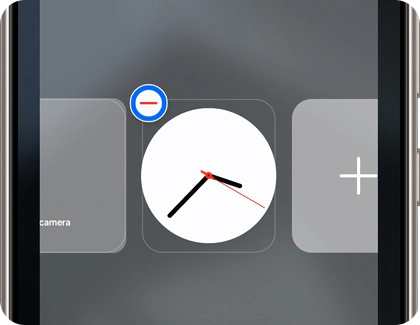
Note: The “Auto rotate” feature may not be available depending on your user interface version and phone model.
If you want quick access to the day’s schedule or your device’s battery status without unlocking your phone, consider adding widgets to your Lock screen.
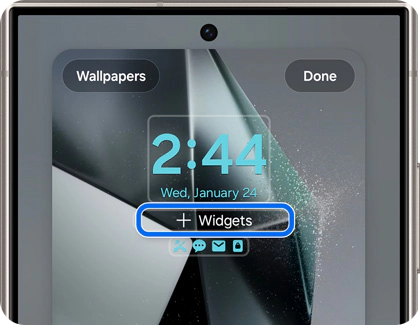
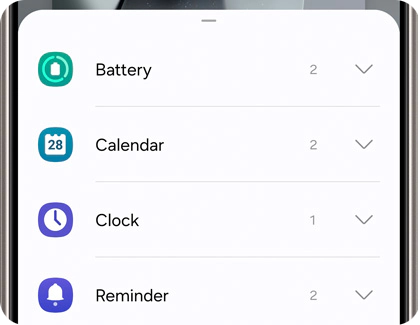
Note: Available options may vary depending on the widget chosen.
Enable the Always On Display feature to keep essential widgets visible even when your screen is off. Any widgets you add to your Lock screen will automatically appear on the Always On Display screen, providing you with constant access to key information without having to wake your mobile device.
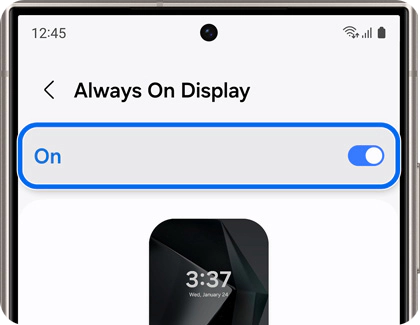
- Show Lock screen wallpaper: Your Lock screen wallpaper will be visible on the Always On Display screen.
- Erase background: Show only the main subject of your wallpaper. This option is ideal for photos that include people or animals.
- Show music information: If you are currently playing music on your phone, Always On Display will show the music app and details such as the song title and artist.
- When to show: Choose when to show the Always On Display screen.
Thank you for your feedback!
Please answer all questions.

